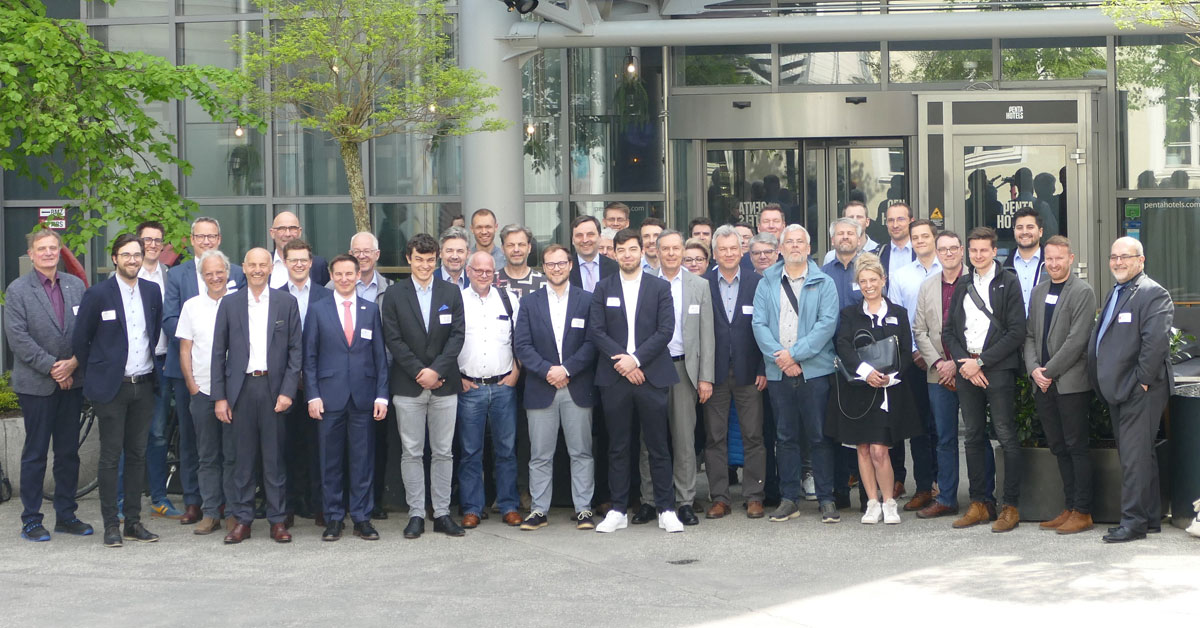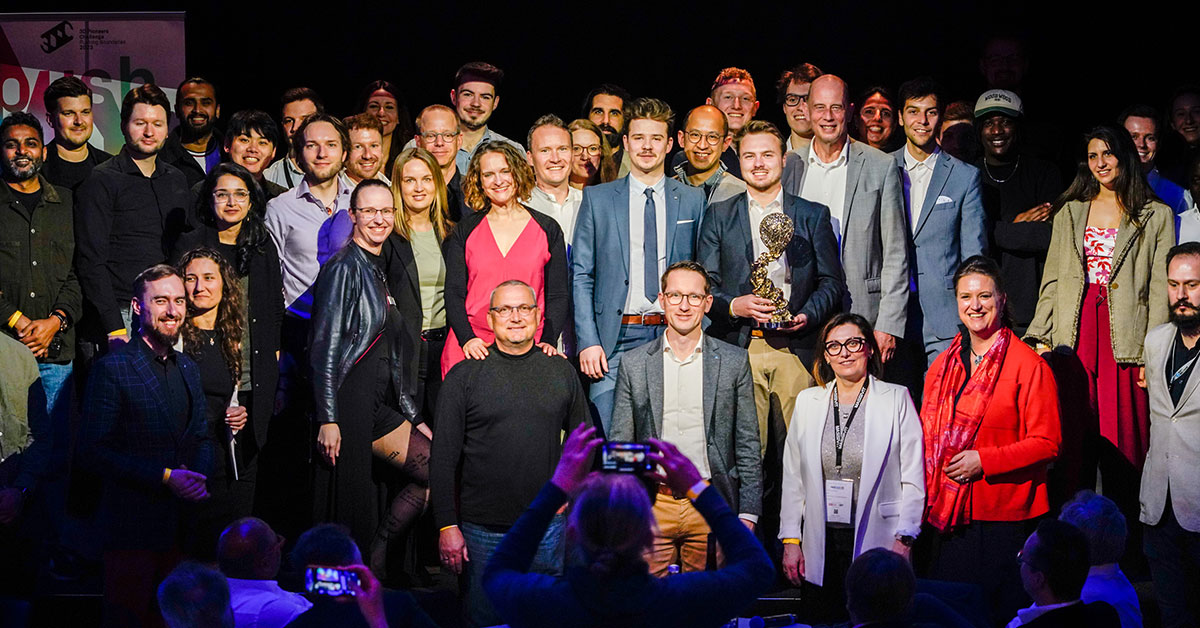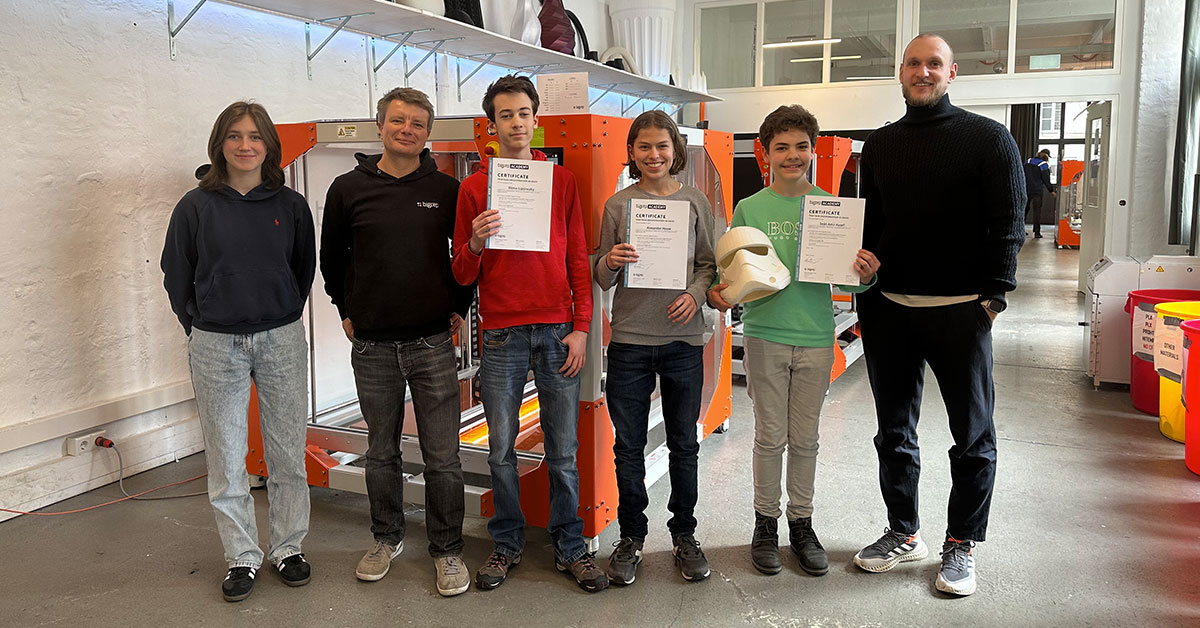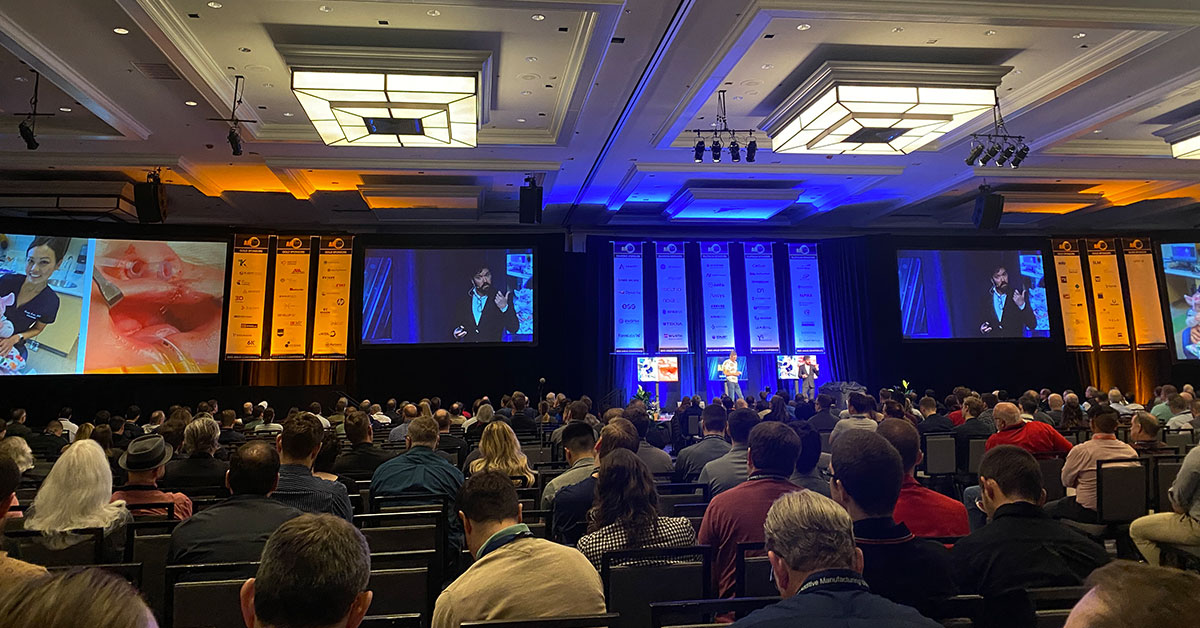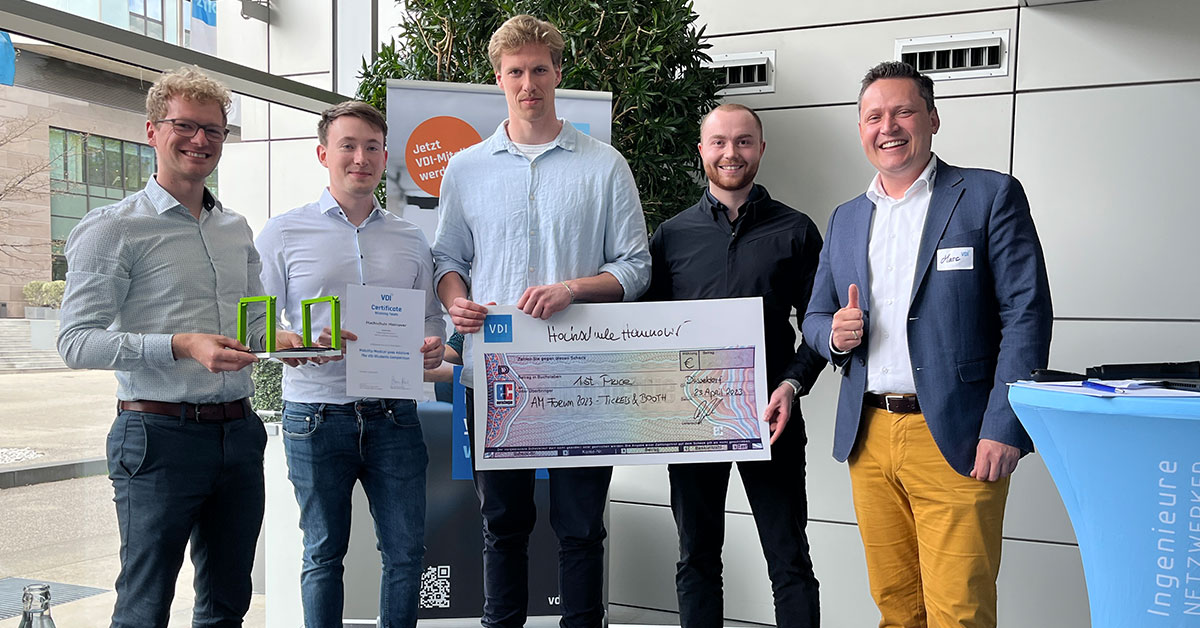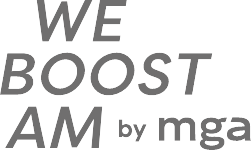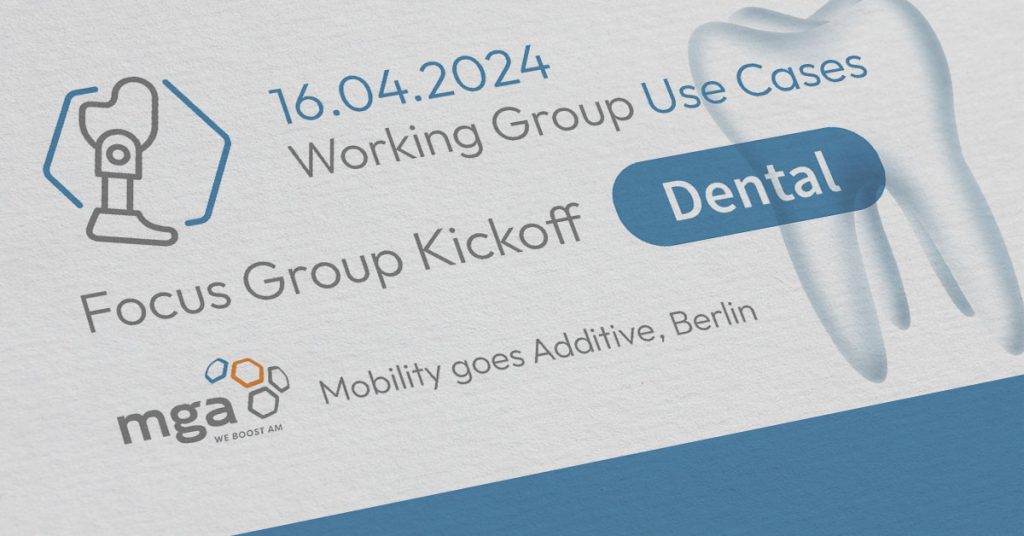Imagine being given a use case and you and your team have two days to come up with a unique product design, business case and marketing strategy for that specific use case utilizing the benefits of AM – and of course you must pitch your product in front of industry experts at the end of your deadline.
This is what the nine student teams from all over Germany at the MGA – VDI Students Competition, an international and interdisciplinary competition on 3D printing for students on all aspects of additive manufacturing and digitization, were confronted with on Friday morning, April 21, and we have to say they all rose to the challenge.
Volocopter GmbH provided the use case – a landing pod for a cargo logistic drone that is, among other boundary conditions, capable of carrying a load of 2 tons and able to adjust to different terrains. And of course, your team has a very limited budget.
Congratulations to Alexander Meyer, Timo Brandes & Kim Jürgensen from the Hochschule Hannover team who won the first place with their product FIREFLY: a landing pod system used in areas prone to wildfires designed to support firefighters. Their solution was amazingly well developed – not just given the unfavourable circumstances – and their corresponding documentation was well organized and structured.
Second winners were the AERODDICTIVE team from the HAW Hamburg (Kristina Brand, Dennis Beck, Moharam Abdelrahman, Sofien Setti, Florian Fuchs, Finn Hörstel, Cedric Foth, Beyza Nur Algan) and third came the MTPY Engineering team from the Duale Hochschule Baden-Württemberg Lörrach (Paul Spöri, Tobias Seiler, Yannick Reinholz, Matteo Mutz, Maximilian Kromen)
Thanks to all other participating teams, who did amazing work and who we all hope to see again next year:
- VDI Young Engineers II from multiple universities (Pascal Arras, Christian Hartmann, Arpad Horvath, Tessa-Katharina Hoyer, Alexander Eckervogt)
- SÜDSLICERS from the Duale Hochschule Baden-Württemberg Lörrach (Leon Essenburg, Nils Schnurr, Quentin Günter, Jan Weber, Hannes Krietemeyer)
- Öcher Printen from FH Aachen (Jens Kesper, Luise Kleinerüschkamp, Maximilan Tinio Leon Schulz, Moritz Köhler)
- The Accidental Engineers from the SRH Berlin (Chintan Joshi, Saikumar Balineni, Aditya Kolhe, Valentina Mugno, Sarvesh Naik)
- Visionary Concepts from the Frankfurt University of Applied Sciences (Nadim Miakhil, Nicole Eichner, Leon Crecelius, Philipp Metz, Matthias Stamm)
- VDI Young Engineers I from multiple universities (Sebastian Bongartz, Berke Farhat, Magnus Lühr, Jan Nicklas Becker, Florian Wabnitz)
Given the limited time the students had, we were all impressed with the results that the teams presented on Sunday at the end of the competition. Thanks to our jury members Marc Fette, Jan Evers, Jens Holtmannspötter, Pranav Nagarajan, Linus Tillmann and Jan Grasmannsdorf for not just ranking but also mentoring and supporting the teams.
Thanks to our sponsors and supporters Airbus, Altair, Autodesk, Copteruni GmbH, Composite Technology Center / CTC GmbH (An Airbus Company), Volocopter GmbH, Helmut-Schmidt-Universität/Universität der Bundeswehr Hamburg, AM Forum Berlin and Deutsche Bahn without which the competition would not be possible.
If you would like to support the competition or participate in it, please contact us – we are looking forward to an even bigger event next year!
